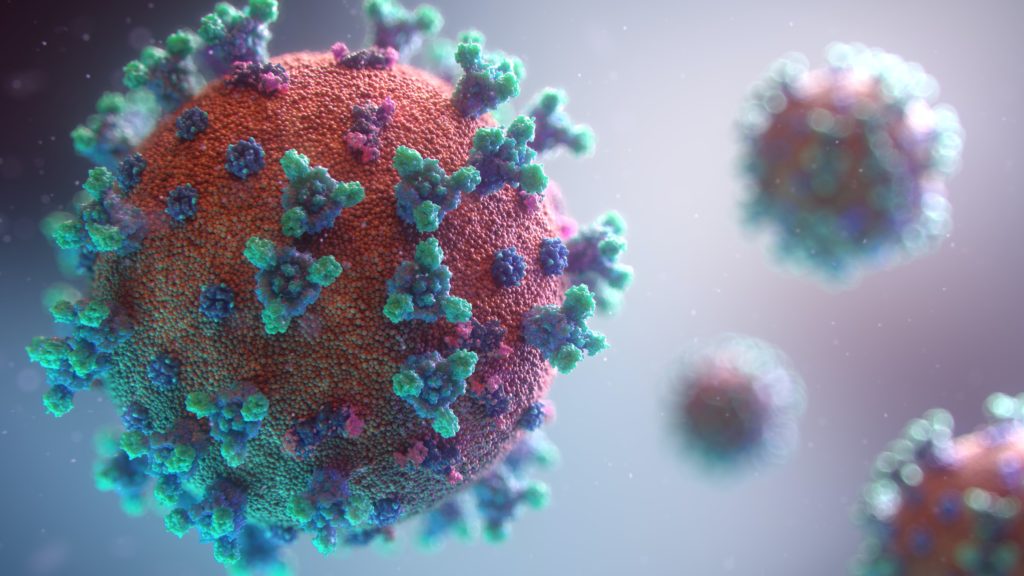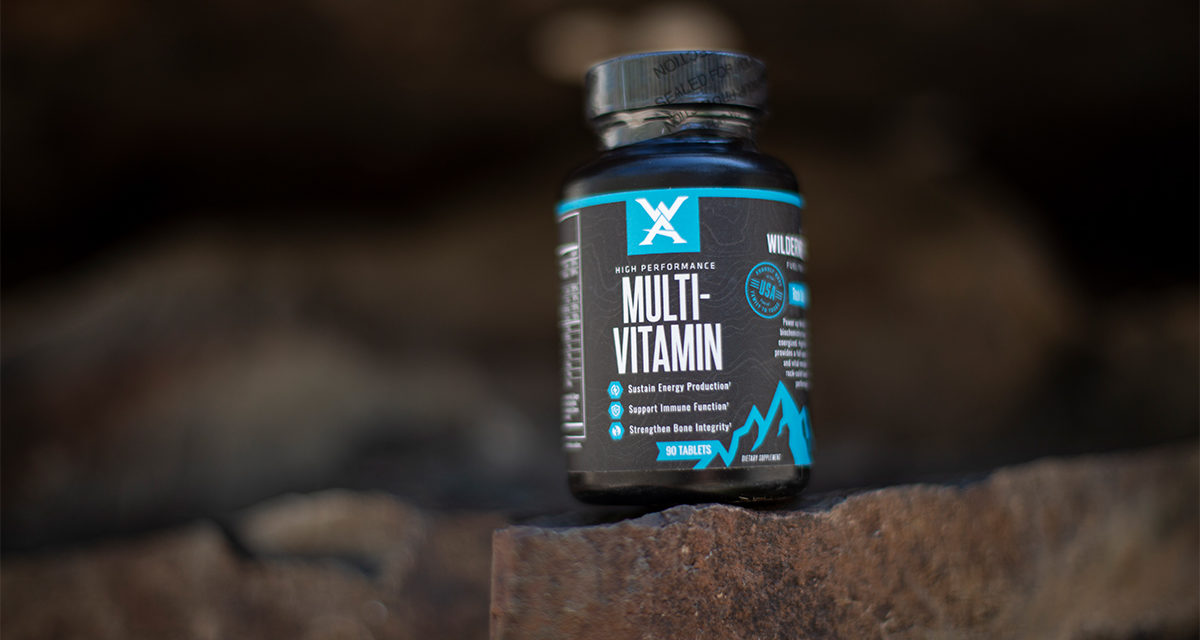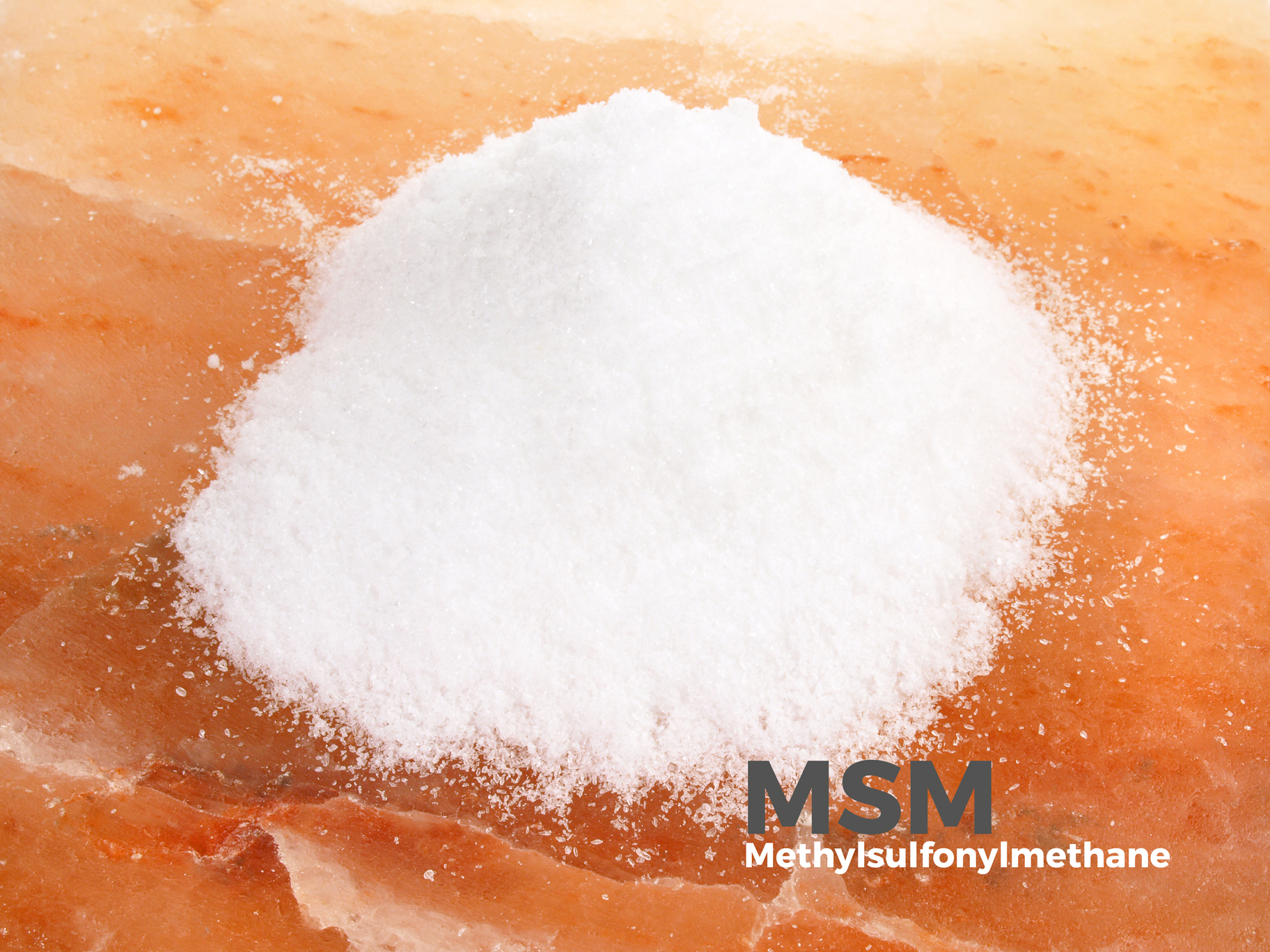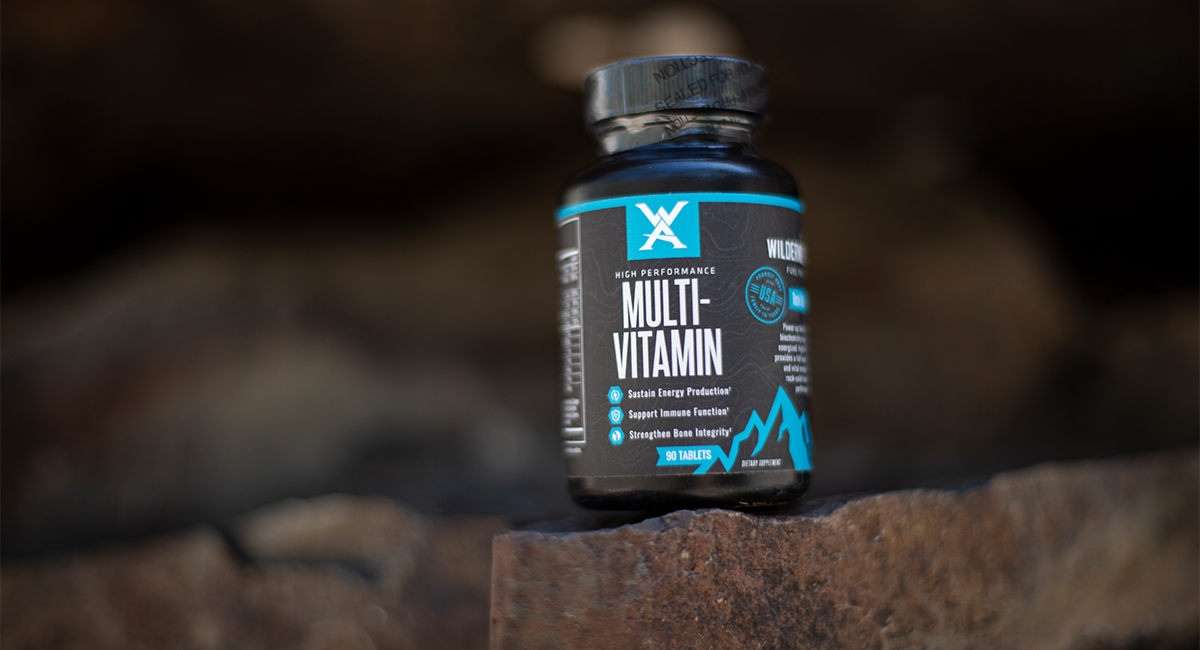In my last report, I mentioned two remarkable agents that I tested in the past to treat a variety of harmful bacteria, especially those proven resistant to the usual antibiotics. The major working mechanism behind the effects of these two agents, oil of oregano and monolaurin, is most likely their ability break down a lipid capsule that surrounds and protects the bacteria. The potential of these two natural products that possess generally regarded as safe (GRAS) status seems most remarkable.
Not only did our work on the bacteria involve in vitro studies in Petrie dishes, but also included procedures on living mice [1,2]. In limited studies, protection of infected mice against Staphylococcus aureus with the two agents individually proved essentially the same as with the powerful antibiotic, Vancomycin. Protection of roughly half of the mice from death occurred with both. Since some viruses also have fatty capsules like bacteria, it was hypothesized that perhaps these agents had virucidal activities as well against lipid-enveloped viruses [1,2]. Suffice it to say, the late Shari Lieberman, late Mary Enig, and I wrote about the virucidal potential of monolaurin [3]. Accordingly, it is not too surprising that clinicians in the Philippines are now performing studies assessing the role of various “coconut products” including monolaurin in treating COVID-19 [4]. Others have contemplated the same ability for oregano and other essential oils [5-9].

In the report last month, I discussed the potential of treating “COVID-19 with oregano and/or monolaurin, or for that matter, both simultaneously. In going over my files since then, I did find some overlooked preliminary work initiated in my laboratory on the Respiratory Syncytial Virus (RSV}, a lipid coated virus. RSV affects children greatly and receives its name, because it forms characteristic pathological structures in lung tissue –so called syncytia.
When one applies the virus to lung tissue in Petrie dishes, the same formations are produced in the presence of the live RSV. Results from this assay examining the potential of monolaurin and oregano to destroy a lipid encapsulated virus proved most interesting. Using all controls, no syncytia were formed without adding virus and too many foci to count resulted when the virus was added.
In the presence of different concentrations of ribovarin, a proven antiviral agent, the following occurred: At 5.0 and 2.5 mcg/ml no syncytia were formed and a few foci were formed at the lower concentration of 1.25 mcg/ml. Adding oregano oil and monolaurin at higher doses to the cultures the same pattern occurred for each of these natural substances. At 0.5 mg/ml and 0.25 mg/ml no syncytia appeared and at 0.125 mg/ml a few foci appeared. Similar to the effects of a drug, Ribavirin, both oregano and monolaurin were able to destroy the ability of the virus to produce syncytial formation. This strengthens the postulate that oregano and monolaurin can destroy lipid-encapsulated viruses.
Very recently, some exciting news came out of France indicating that a combination of hydroxychloroquine plus azithromycin can successfully treat the Coronavirus. Hopefully, clinical trials will corroborate the success of this regimen, but the use of oregano and monolaurin, natural products that can be obtained from the internet, could be useful if the malaria drug trials do not prove successful and/or alternative therapy is needed because of a short supply of the antimalarial.
Bibliography
1. Preuss HG, Echard B, Dadgar A, Talpur N, Manohar V, Enig M, Bagchi D, Ingram C: Effects of essential oils and monolaurin on Staphylococcus aureus: in vitro and in vivo studies. Toxicology Mechanisms and Methods 15:279-285, 2005.
2. Preuss HG, Echard, Enig M, Elliot T, Brook E: Minimum inhibitory concentrations of herbal essential oils and monolaurin for gram positive and negative bacteria. Molec Cellular Biochem 272:29-34, 2005.
3. Lieberman S, Enig MG, Preuss HG: A review of monolaurin and lauric acid: natural virucidal and bactericical agents. Alternative and Complementary Therapies 310-314, 2006.
4. Lim GY: Coconut and COVID-19: Philippines studying antiviral properties of coconut oil as potential treatment. https://www.nutraingredients asia.com/Article/2020/03/11/Coconut-and-COVID-19-Philippines-studying-antiviral-properties-of-coconut-oil-as-potential-treatment
5. Goldman Eric: Oregano oil proves effective against Coronavirus. Tuesday December 2009. https://holisticprimarycare.net/topics/topics-h-n/infectious-disease/117-oregano-oil-proves-effective-against-coronavirus.html
6. Santoyo S, Jaime L, Garcia-Risco R, Ruiz-Rodriguez A, Reglero G: Antiviral properties of supercritical CO2 extracts from oregano and sage. 17:1150-1161, 2014.
7. Beck M: Oil of Oregano: Weapon against flu? https://www.todaysdietitian.com/news/exclusive0110.shtml
8. Pilau MR, Alves SH, Welblen R, Arenhart S, Cueto
AP, Lovato LT: Antiviral activity of the Lippia graveolens (Mexican Oregano) essential oil and its main compound caracrol against human and animal viruses. Braz J Microbiol 42: Dec 2011.http://www.scielo.br/scielo.php?script=sci_arttext&pid=S1517-83822011000400049
9. Gilling DH, Kitajima M, Torrey JR, Bright KR: Antiviral efficacy and mechanisms of action of oregano essential oil and its primary component carvracol agains murine novovirus. J Applied Microbiol 116:1179-1163, 2014.






